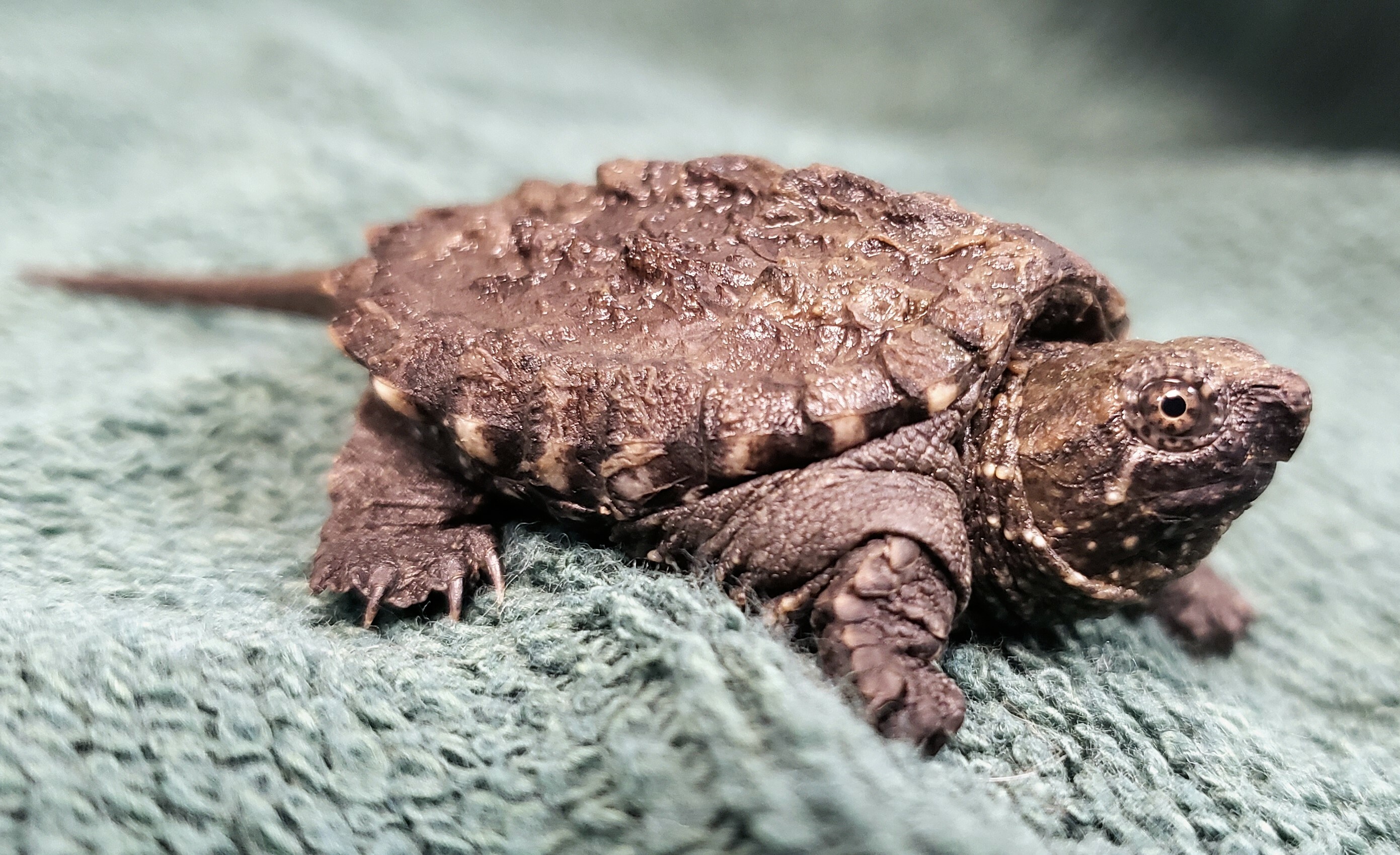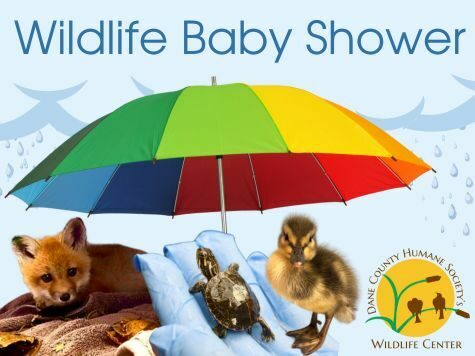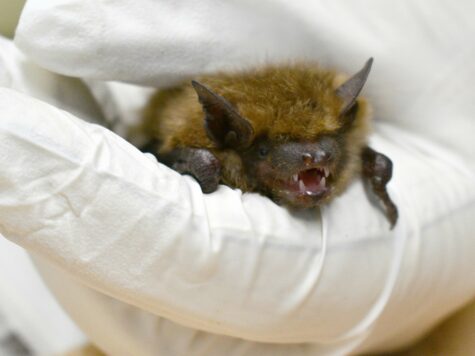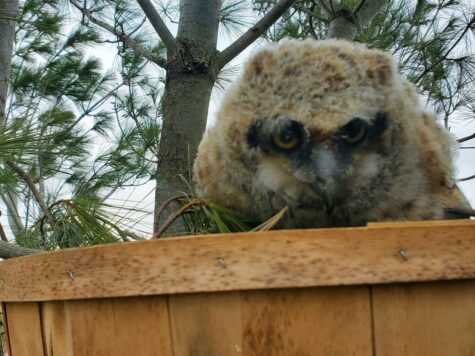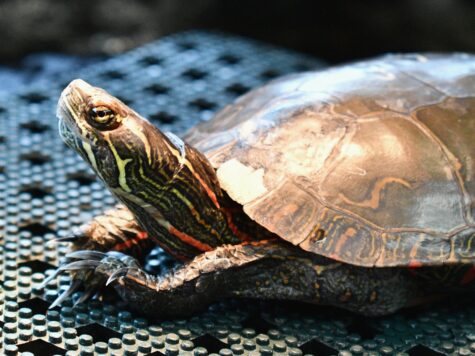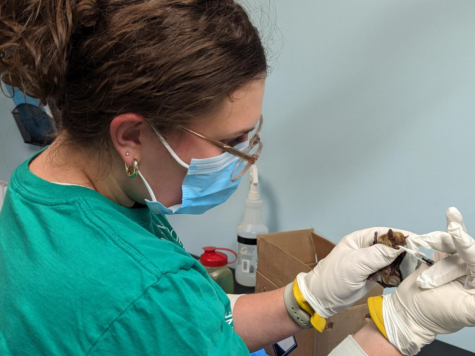I was completely unprepared for the pure and absolute thrill of seeing a miniscule claw and two tiny nostrils sticking out of a hatching turtle egg. When I further uncovered the box to see that the perfect, wiggling foot was accompanied by a perfect, wiggling, and fully hatched sibling next to it, I started crying. Having helped Dane County Humane Society’s Wildlife Center with hatching eggs during my normal volunteer shifts over previous summers, I thought I would be cool about the whole thing. But apparently, that’s hard to do when faced with tiny toes that seem to carry the immense smallness and preciousness of all the lives we try to help save at the Wildlife Center.
Wisconsin’s native turtles have to navigate laying their eggs each year in a world built for humans and our vehicles. In late spring, they cross city streets and major highways to reach the perfect nesting grounds for their young and each year, the Wildlife Center sees many car versus turtle collisions because of this natural behavior. While the staff and veterinarians are unable to save every gravid (meaning pregnant or carrying eggs) turtle, they can harvest her eggs and incubate them in the hopes that some will hatch and can be released back into the wild. This year, as a trained and practiced Reptiles & Amphibians Wildlife Assistant, Wildlife Center staff asked me to help free up some space in our facilities for other patients by incubating at my home the turtle eggs that would come in over the summer.
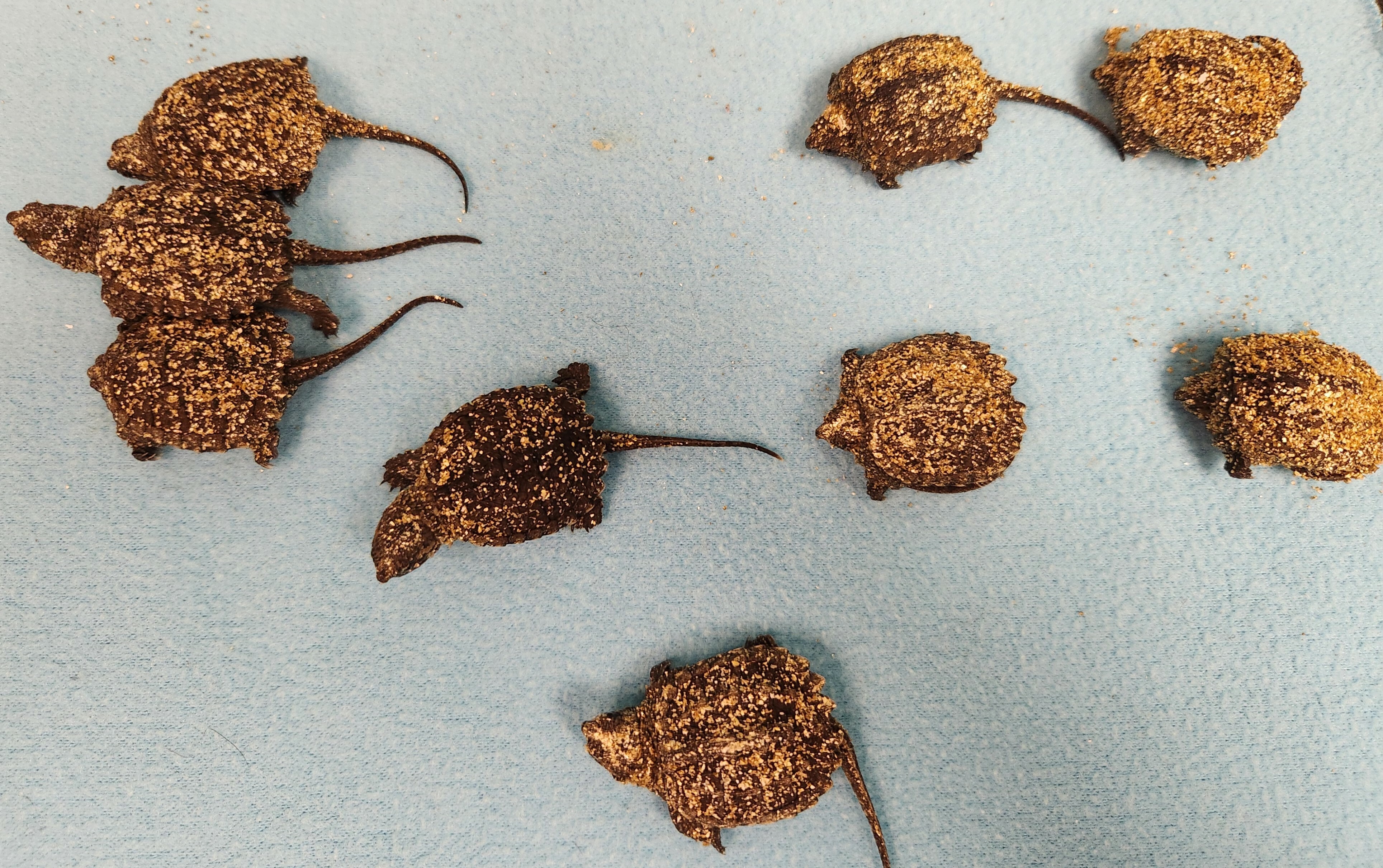
It was a surprisingly slow year for the number of turtles and eggs seen at the center. Whether due to the lingering cold spring, a dip in breeding populations, or some other confluence of events, it wasn’t until mid-June that the first box of Common Snapping Turtle eggs was placed in my incubators. The lower numbers of turtles in the center’s care this year feels like a prescient nudge on why we do this work. We all know that turtles are a slow bunch, but this characteristic also carries over into their reproductive behaviors. Due to their slow physical growth, turtles take many years to reach sexual maturity (and the age of maturity can sometimes vary across a species and its range!). Some Wisconsin species, like female Western Painted Turtles reproduce around 7 years old, while female Common Snapping Turtles can take up to a decade to mature, and Blanding’s Turtles can reach 17-20 years before maturity! In the wild, many young turtles also do not make it to maturity. Helping ensure that enough hatchlings are making it back into the wild each year is an important way in which we can help sustain healthy breeding populations for the future.
By the end of June, I had 57 eggs in my incubators—all snapping turtles. I spent the next two months checking in on the eggs’ health and taking notes on any changes for staff. And happily, in late August, I finally saw a small crack in the first egg—signs of hatching. Those tiny toes followed soon after. The next morning, 9 hatchlings stared back at me from their boxes. I actually had to close the incubators back up so I could take a moment to jump around and let my overwhelming excitement out. Each hatchling had an itty bitty “egg tooth” on them, which is a temporary growth that helps them break out of the egg. And each carried a little yolk sac, which provides initial nutrients and gets absorbed as they make their way into the world, immediately independent and on their own.
In total, 28 eggs hatched, or 50% of the eggs in my care, which is a number I am thrilled about! The hatchlings came from two different turtles and they are being released back to where their mothers were found, adding to the available genetic diversity. I have to say, releasing hatchlings you helped care for from eggs is truly magical. At each release I have done this season, I’ve set each turtle into the water with a wish that they will go on to grow big and lay their own clutches of eggs in the future. I’m so grateful to have had the opportunity to help DCHS’s Wildlife Center do this incredible work and contribute to the future of our state’s native turtles. A massive thank you to everyone I work with at the Wildlife Center!
-Cameron Cook is a Wildlife Volunteer: Reptile and Amphibian Caretaker at DCHS's Wildlife Center
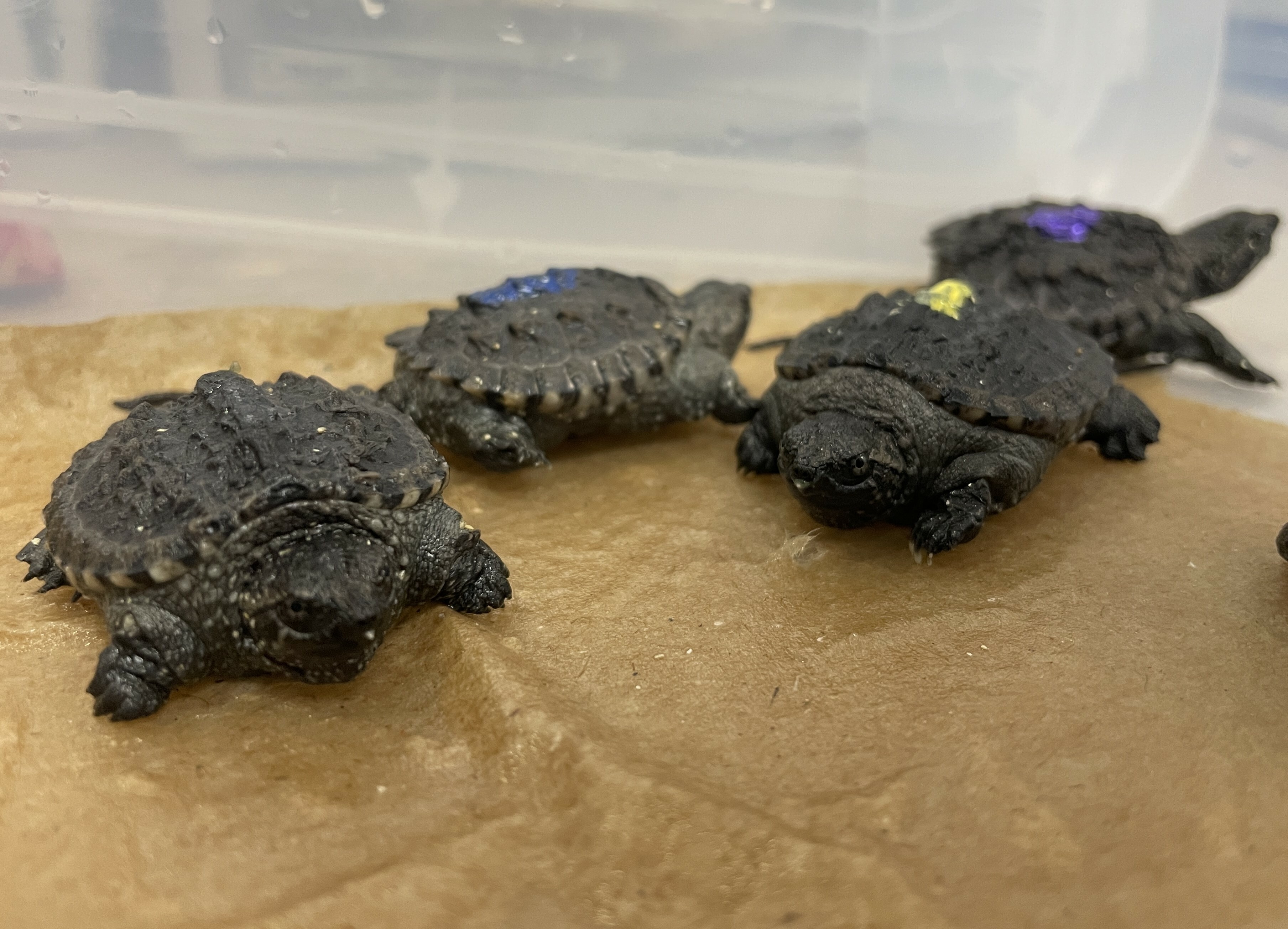
List of Sources:
1. Snapping Turtles
- https://www.iowadnr.gov/About-DNR/DNR-News-Releases/ArticleID/2580/6-cool-things-you-should-know-about-snapping-turtles
- https://www.wildlifedepartment.com/wildlife/field-guide/reptiles/common-snapping-turtle
- https://www.registrelep-sararegistry.gc.ca/virtual_sara/files/plans/mp_snapping%20turtle_e_proposed.pdf
2. Painted Turtles
3. Soft-shelled Turtles
- https://www.sdherps.org/species/apalone_spinifera
- https://vtfishandwildlife.com/learn-more/vermont-critters/reptiles/eastern-spiny-softshell-turtle
- https://en.wikipedia.org/wiki/Spiny_softshell_turtle#:~:text=Spiny%20softshells%20begin%20mating%20between,late%20spring%20in%20deep%20water
4. Blanding's Turtles
